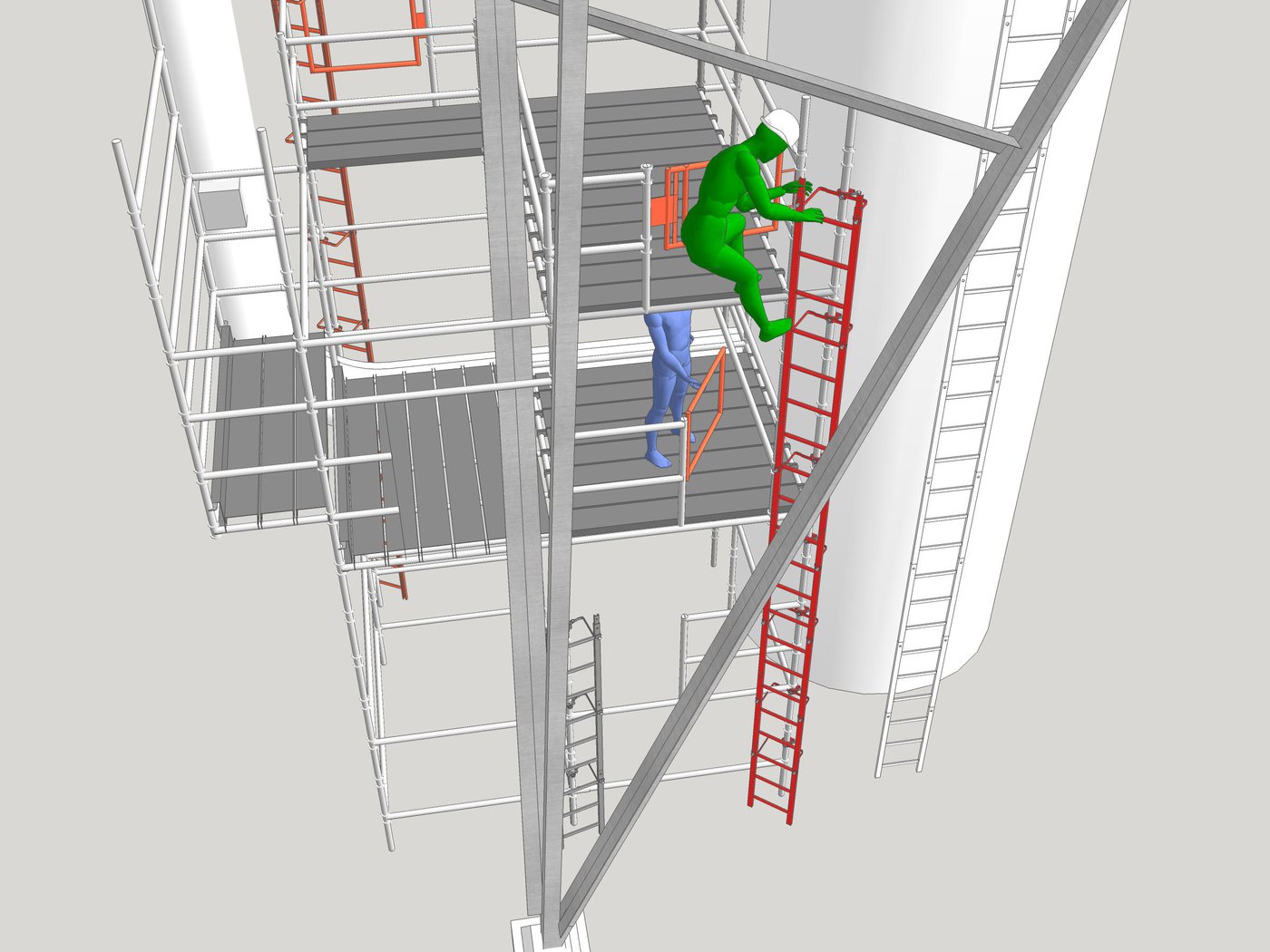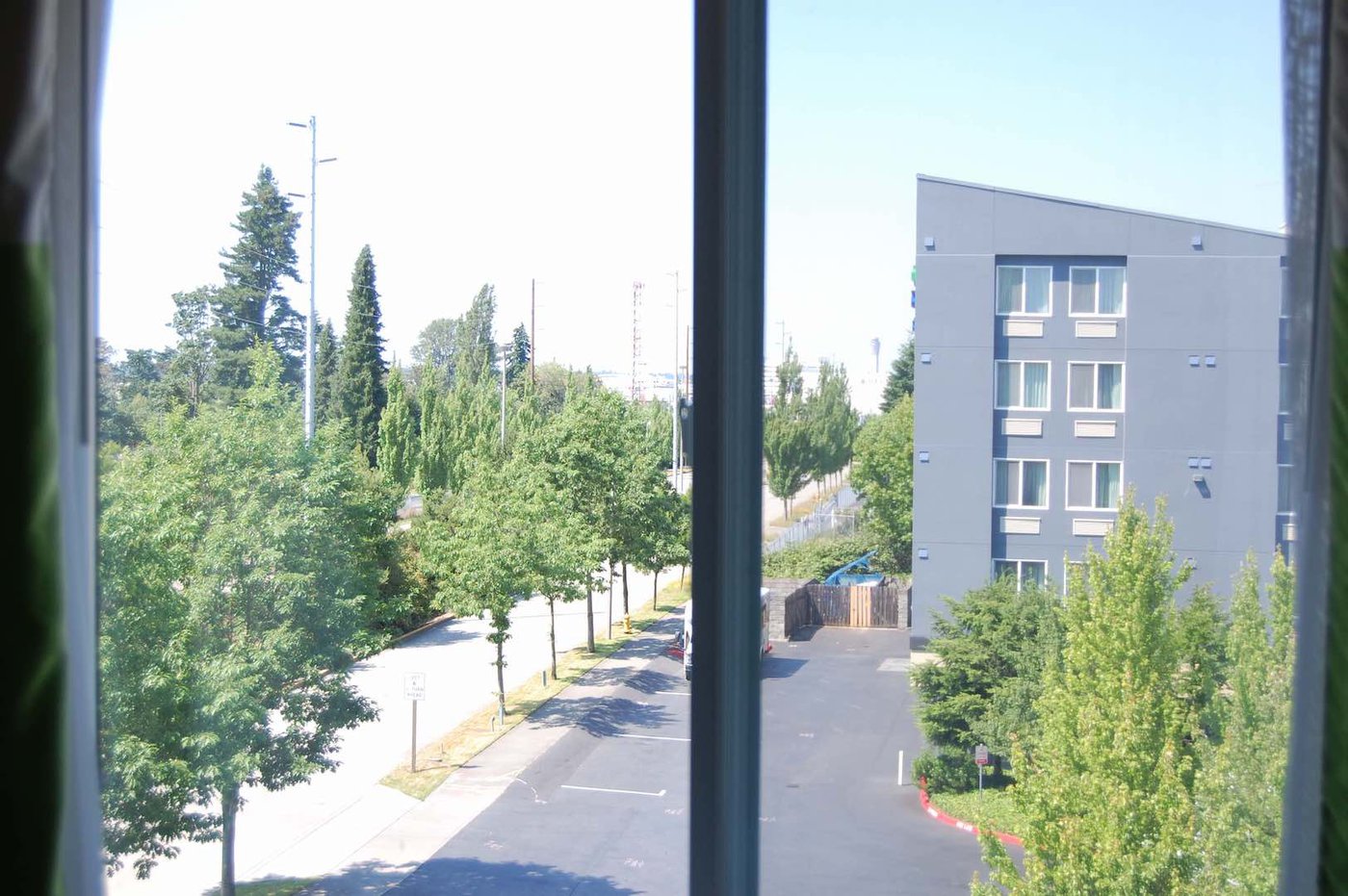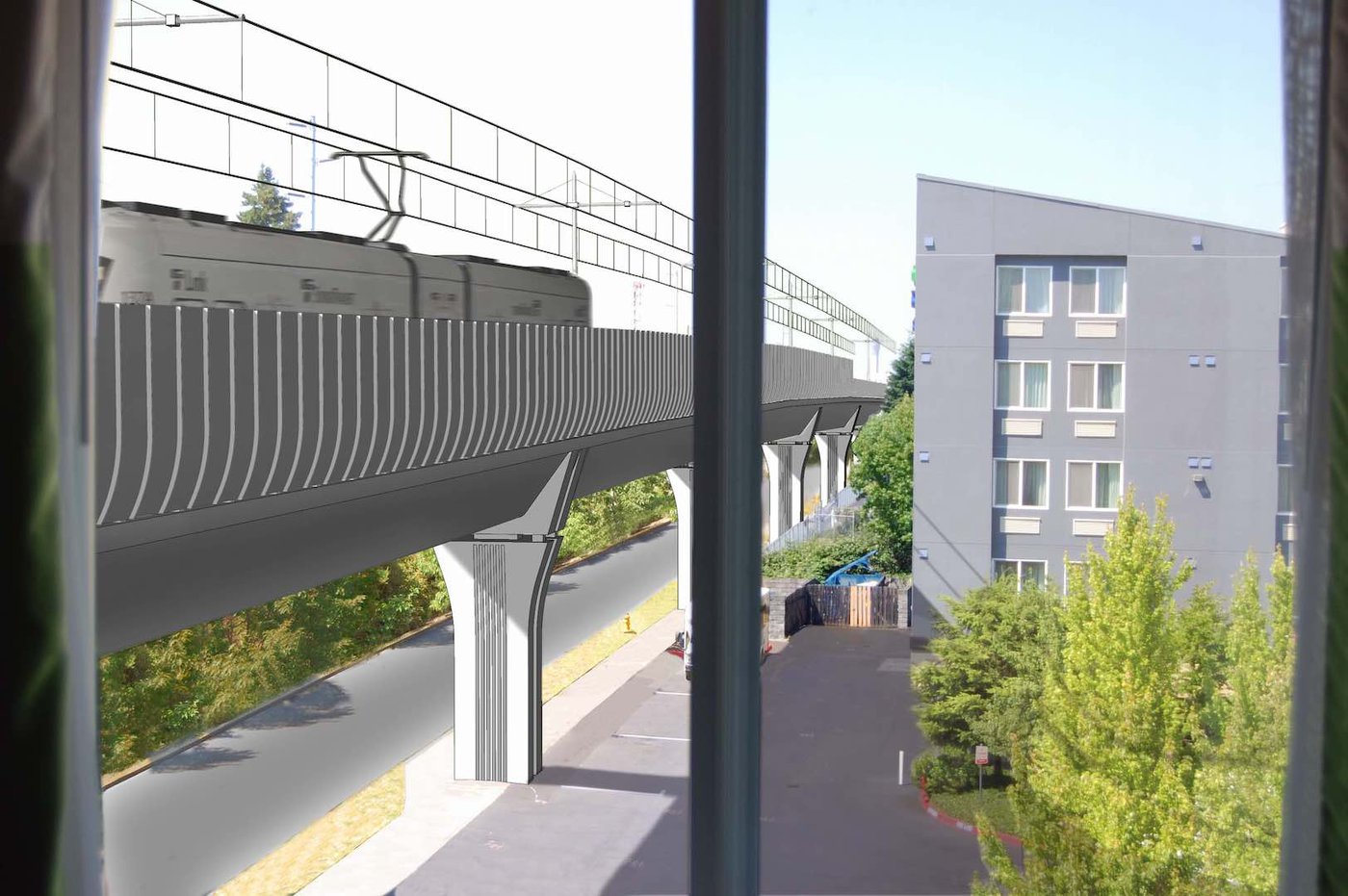Joshua Cohen is a Principal at Fat Pencil Studio
Amy Peters, the NYC-based editor and producer of Queer Eye and Breaking Amish, offers a great set of tips for creating cinematic vacation memories in the February/March issue of AirBnB Magazine. While reading these, it occurred to me that I often use these tips when creating visual stories for court cases. But this approach is useful beyond trial exhibits. Any time an attorney, paralegal, or investigator visits a scene of a crime or crash, there’s an opportunity to take photos… and having good photos can be a huge help when preparing for depositions or settlement negotiations. Here are Amy’s tips, followed by a bit of my commentary and a few examples.
Go macro, then micro
Close-up photos are hard to understand without having a mental map of the area to provide context for where the details fit. I like to take panoramic photos of an area before focusing on a particular subject. You don’t need a special camera to do this. Simply stand in one place and take about 8 photos, rotating 45 degrees after each shot. Also, look for an elevated vantage point, such as a parking garage or nearby hilltop that will allow capturing a birds-eye view of the scene in one photo. Got a drone? Here’s a perfect opportunity to use it. Once you’ve captured the context, imagine how you might zoom in to focus on a particular detail, and take one or two intermediate range shots to frame the transition.
Do a before, during, and after
Fat Pencil Studio uses this approach when creating 3d diagrams to depict a vehicle crash or some kind of attack. The sequence of images tells a story, and your audience can fill in the gaps of what happens between images. Photos to document a scene can be taken with the sequence of events in mind. What would key players have been able to see before, during, and after the incident. Try to get in to their perspective when taking photos.
Juxtapose opposites
Cases often hinge around the idea that everything would have been fine if a single condition had been different, a single rule followed. In a premises liability case, can you find examples of well lit and poorly lit areas of the same property? Can you find evidence of a change in signage or road conditions using Google Street View history?. We sometimes use a photo matching process to place digital 3d content into an existing conditions photograph to show how it would look in the future.
Bonus tip for videos: turn your phone sideways.
If you use a smartphone to film something, shoot in landscape mode. The 16:9 ratio captures the peripheral area, which is similar to how we see the world.









